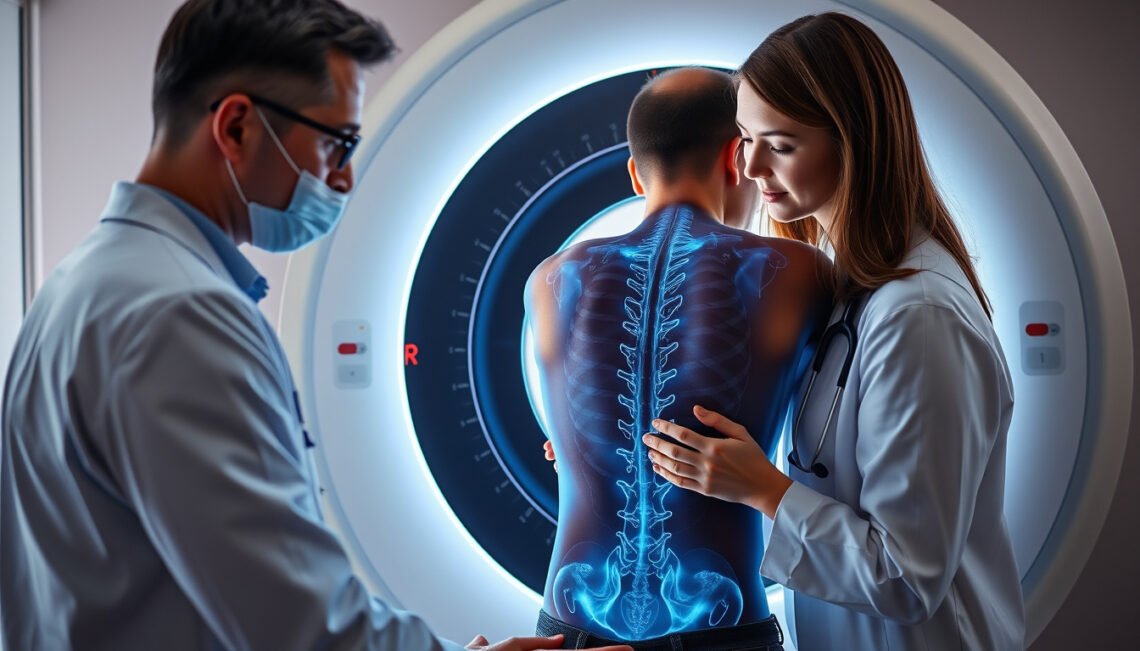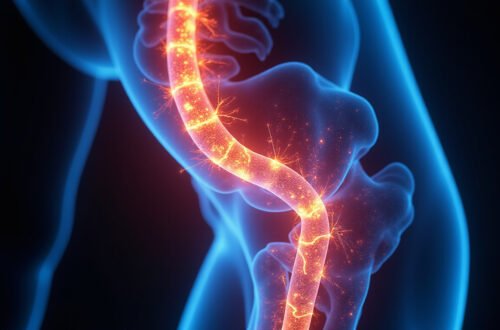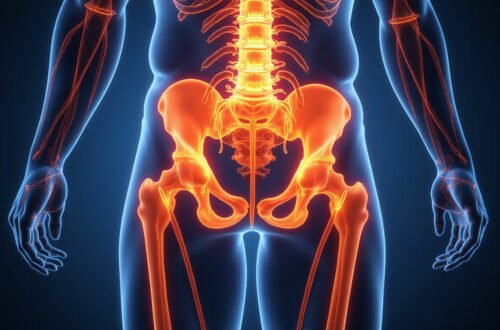If you’ve been experiencing sharp, shooting pain radiating from your lower back down your leg, you might be dealing with sciatica. Early and accurate sciatica diagnosis is crucial to managing your symptoms effectively and preventing chronic pain. Understanding the key steps to identify and treat sciatica can help you regain mobility, reduce discomfort, and improve your quality of life. This article will guide you through everything you need to know about sciatica diagnosis, the essential assessments involved, and the treatment options available to ease your pain quickly.
Understanding Sciatica and Its Causes
Sciatica is a common condition characterized by pain that follows the path of the sciatic nerve, the longest nerve running from your lower back through your hips and buttocks down each leg. The most frequent cause of sciatica is a herniated disc, which puts pressure on the nerve roots, triggering pain, numbness, or tingling sensations. Other causes include spinal stenosis, degenerative disc disease, or muscle spasms compressing the nerve.
Recognizing sciatica symptoms is the first step in a sciatica diagnosis. Typical signs include:
- Sharp, shooting pain extending from the lower back or buttocks down the leg
- Numbness or tingling in your leg or foot
- Muscle weakness on the affected side
- Increased discomfort when sitting, coughing, or sneezing
If you experience these symptoms for more than a few days, it’s important to consult a healthcare professional for a thorough sciatica diagnosis.
Key Steps in Sciatica Diagnosis
Proper diagnosis ensures you receive the most effective treatment faster. Here are the critical steps your doctor will take for an accurate sciatica diagnosis:
1. Detailed Medical History
Your doctor will begin by asking about your symptoms, such as how the pain started, its location, intensity, and factors that worsen or relieve it. They will also inquire about your lifestyle, previous spinal injuries, and any existing medical conditions that could contribute to nerve compression.
2. Physical Examination
During the physical exam, your clinician will assess your:
- Reflexes: Checking knee and ankle reflexes to identify nerve involvement.
- Muscle strength: Testing leg muscles to detect weakness.
- Sensory function: Evaluating sensation in your legs and feet to detect numbness or tingling.
- Range of motion: Assessing spinal flexibility and pain levels during movement.
One common test used is the Straight Leg Raise (SLR) test, where raising your leg while lying flat can reproduce sciatic pain, helping confirm nerve irritation.
3. Imaging Tests
If your symptoms are severe or persistent, your doctor may order imaging studies to pinpoint the problem:
- Magnetic Resonance Imaging (MRI): The gold standard for visualizing nerve root compression, herniated discs, or spinal stenosis.
- CT Scan: Used when MRI isn’t possible, providing cross-sectional images of your spine.
- X-rays: Can rule out fractures or alignment issues but do not show soft tissues like nerves or discs.
These imaging tests provide detailed data, helping target treatment precisely (source).

4. Electromyography (EMG)
An EMG test measures electrical activity in muscles and nerves. It can confirm the presence of nerve irritation or damage caused by sciatica and help rule out other conditions like peripheral neuropathy.
How to Treat Sciatica after Diagnosis
Once sciatica diagnosis is confirmed, treatment options vary based on the severity and underlying cause of your condition. Fortunately, many sciatica cases improve with conservative, non-surgical methods.
Conservative Treatments
Most people respond well to these initial treatments:
- Physical Therapy: Customized exercises to strengthen back muscles, improve flexibility, and correct posture.
- Medications: Over-the-counter pain relievers like ibuprofen or acetaminophen can reduce inflammation and ease pain. In some cases, muscle relaxants or prescription medications may be needed.
- Heat and Cold Therapy: Applying ice packs or heating pads to the affected area can relieve inflammation and muscle spasms.
- Activity Modification: Avoiding prolonged sitting or heavy lifting helps prevent worsening symptoms.
Minimally Invasive Procedures
If conservative care is insufficient, your doctor might suggest procedures such as corticosteroid injections. These reduce inflammation around the irritated nerve root, providing temporary relief.
Surgical Options
Surgery is typically reserved for severe cases involving significant nerve compression, muscle weakness, or loss of bowel/bladder control. The most common surgical methods include discectomy or laminectomy to relieve pressure on the sciatic nerve.
A Checklist for Self-Monitoring During Treatment
Tracking your symptoms and recovery progress is essential for successful sciatica management. Use this checklist to monitor your condition:
- Note pain intensity daily (mild, moderate, severe).
- Record any changes in pain location or sensation.
- Keep track of mobility improvements or limitations.
- Monitor side effects of any medications taken.
- Follow up with your healthcare provider as recommended.
FAQs About Sciatica Diagnosis
Q1: How soon should I seek medical help for sciatica symptoms?
If your pain persists beyond a week, worsens, or is accompanied by numbness, weakness, or loss of bladder control, seek prompt medical evaluation for sciatica diagnosis and treatment.
Q2: Can sciatica diagnosis be done at home?
While some self-assessments can suggest sciatica, a formal diagnosis requires professional examination and possibly imaging tests to accurately identify the cause.
Q3: Is sciatica diagnosis always confirmed with an MRI?
MRI is the preferred imaging for confirming sciatica but isn’t always necessary, especially in mild cases. Your doctor will determine the need based on your symptoms and physical exam.
Conclusion: Take Charge of Your Sciatica Diagnosis and Recovery
A timely, accurate sciatica diagnosis is your first step toward effective pain relief and improved mobility. Understanding the signs, working closely with healthcare professionals, and following prescribed treatments can significantly shorten your recovery time and prevent chronic issues. Don’t let sciatic pain control your life—take action today by scheduling an evaluation with a qualified specialist. Early diagnosis and personalized care empower you to manage your symptoms swiftly and enjoy a pain-free future.






